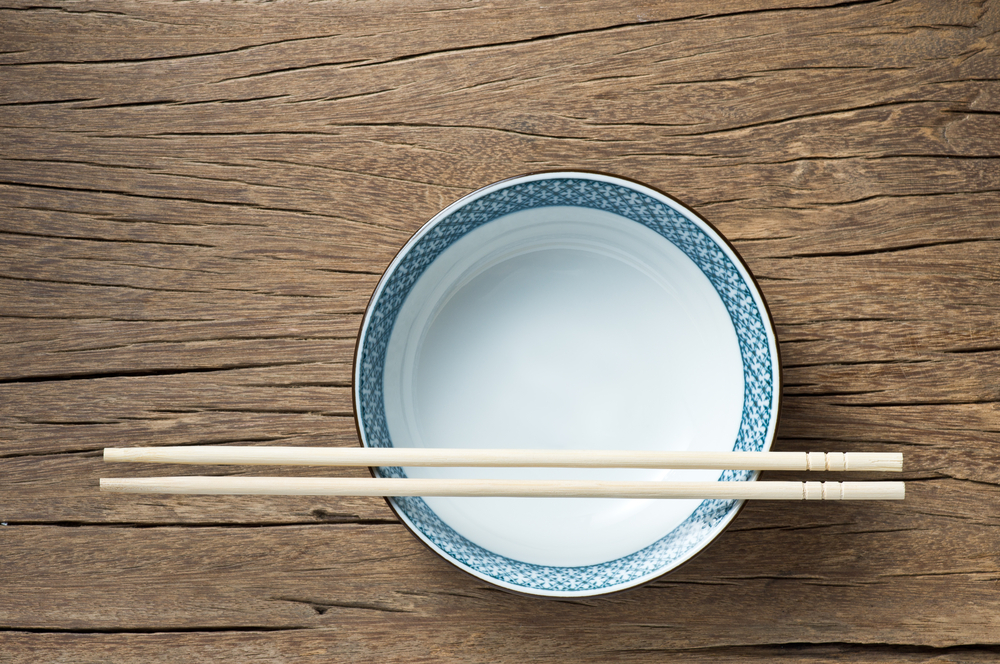Q. How would you suggest that I dispose of wooden take-out chopsticks and those wood boxes that clementines sometimes come in? I know that the best solution is to tell the Chinese restaurant to hold the sticks – and not buy citrus fruits by the crate – but sometimes we wind up with these things all the same. Can I put the chopsticks in the composter?
Barbara K.
Brooklyn, N.Y.
A. Dearest Barbara,
My favorite thing about your letter is the rueful acknowledgment that sometimes, despite our best intentions, we end up saddled with a disposal problem. Perhaps we still have a box of 90s-era CDs in the closet, or bought something that came swaddled in Styrofoam, or accidentally accepted the throwaway chopsticks with our orders of Kung Pao chicken. When this happens, do we shrug our shoulders and toss those things into the trash? We do not. We figure out the next best thing, and we vow to do better next time.
The next best thing to do with disposable wooden products like the ones you mention, luckily, is quite easy – if you have access to commercial composting facilities. Many curbside pickup programs do indeed accept chopsticks and clementine crates, along with other cheap wooden scraps such as toothpicks, popsicle sticks, and coffee stirrers (though, as always, check with your local composter to be sure). The larger volumes and higher temperatures achieved in these megapiles of compost break down wood more quickly than your backyard heap would.
And if you don’t have the good fortune of a municipal compost chauffeur? Try tossing a set of chopsticks into your own compost. Sushi sticks are biodegradable, though I suspect it will take a while to return them to the soil from whence they came. It will certainly take much longer to compost something as large as a clementine crate at home, so I wouldn’t advise that as a reliable method to deal with stacks of fruit boxes.
Instead, Barbara, why not use those sturdy little cubes for a project or two? It turns out that clementine crates are stars in the world of internet upcycling. Some of my favorite ideas from here and here (and these are just the start) include using the boxes as pantry organizers, veggie party platters, planters for herbs and bulbs, shelving units, and jewelry displays. If you’re not the crafty type, I’m willing to bet someone else in Brooklyn is – so why not offer them up to neighbors via Freecycle or a similar site? It could be worth asking local schools or farmers at the market if they’d be interested, too.
(And if you are the crafty type, I should mention that chopsticks are no slouch in the upcycling department, either: Coasters! Stools! Modernist fruit baskets!)
Now for the “doing better next time” part. Those slender snack sticks may not seem like much wood, but they add up quickly: A Chinese forestry group recently reported that China mows through 20 million trees every year keeping up with chopstick demand. I couldn’t find similar data on citrus crates, but clearly they do grow on trees, too. So it’s a smart move to cut back on these tossables whenever possible.
With chopsticks, that’s as simple as keeping a few reusable sets in the kitchen (and remaining vigilant for the wooden ones slipped into your takeout). Eating on the go provides no excuse, either, when Asian-food aficionados can tote oh-so-packable chopsticks like these (birthday gift alert!). You can also seek out box-free clementines, Barbara, at some grocery stores or farmers markets (though that’s probably more likely in warmer climes).
Good luck with your chopstick-and-crate purge. Just make sure you have at least one chopstick on hand – they’re excellent for extracting the lime from your Corona bottles for recycling, after all.
Euphemia Allen-ly,
Umbra



